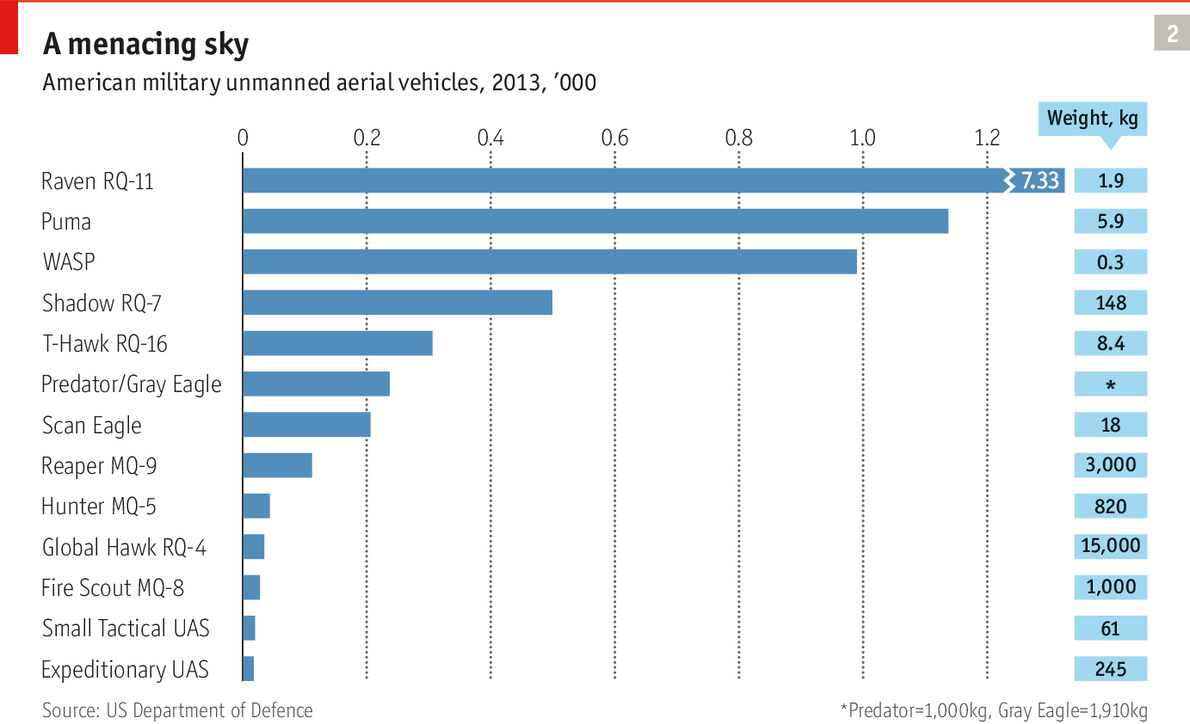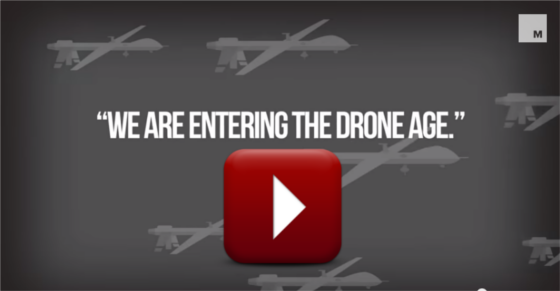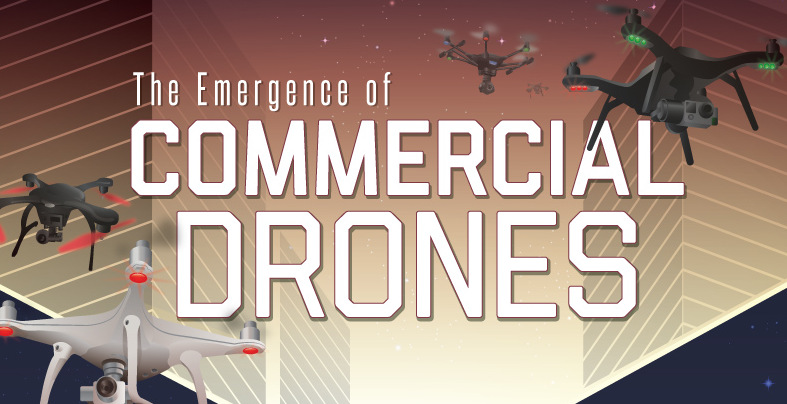Technology
Video: An Illustrated History of Drones
We recently stumbled across this motion graphic on the history of drones by Mashable, and had to share it. This video helps bring anyone up to speed on the emergence of drones and some of the questions they have raised on foreign policy.
The era of drones has started, but the real question is on the coming implications and ethic dilemmas of this sea change.
Drones are now ubiquitous. They can be found in many places: killing hundreds of people overseas, spying on your neighbour, taking pictures or video of events, delivering medicine to remote locations, spraying and watering crops, and helping monitor animal conservation efforts. Soon, they will also be delivering packages to your doorstep.
As with any big shift in technology, the drone era has been met with no shortage of skepticism. Human Rights Watch issued an unequivocal report on the ban of autonomous drones with weapons systems that are not piloted or controlled by any human. This happened as the culmination of an eight-year, $1.4 billion military project, a new autonomous weapons drone prototype, executed a flawless landing on the USS Bush aircraft carrier.
Piloted remotely from the US, unmanned aerial vehicles are already flying missions abroad and executing kill orders. Here is the current inventory of drones currently held by the US military:

While there are questions raised in both domestic and foreign policy arenas, one thing is for certain: drone technology is not going anywhere and the debate is just beginning. What do you think the future holds for drone use?
Original Graphic by: Mashable
Brands
How Tech Logos Have Evolved Over Time
From complete overhauls to more subtle tweaks, these tech logos have had quite a journey. Featuring: Google, Apple, and more.

How Tech Logos Have Evolved Over Time
This was originally posted on our Voronoi app. Download the app for free on iOS or Android and discover incredible data-driven charts from a variety of trusted sources.
One would be hard-pressed to find a company that has never changed its logo. Granted, some brands—like Rolex, IBM, and Coca-Cola—tend to just have more minimalistic updates. But other companies undergo an entire identity change, thus necessitating a full overhaul.
In this graphic, we visualized the evolution of prominent tech companies’ logos over time. All of these brands ranked highly in a Q1 2024 YouGov study of America’s most famous tech brands. The logo changes are sourced from 1000logos.net.
How Many Times Has Google Changed Its Logo?
Google and Facebook share a 98% fame rating according to YouGov. But while Facebook’s rise was captured in The Social Network (2010), Google’s history tends to be a little less lionized in popular culture.
For example, Google was initially called “Backrub” because it analyzed “back links” to understand how important a website was. Since its founding, Google has undergone eight logo changes, finally settling on its current one in 2015.
| Company | Number of Logo Changes |
|---|---|
| 8 | |
| HP | 8 |
| Amazon | 6 |
| Microsoft | 6 |
| Samsung | 6 |
| Apple | 5* |
Note: *Includes color changes. Source: 1000Logos.net
Another fun origin story is Microsoft, which started off as Traf-O-Data, a traffic counter reading company that generated reports for traffic engineers. By 1975, the company was renamed. But it wasn’t until 2012 that Microsoft put the iconic Windows logo—still the most popular desktop operating system—alongside its name.
And then there’s Samsung, which started as a grocery trading store in 1938. Its pivot to electronics started in the 1970s with black and white television sets. For 55 years, the company kept some form of stars from its first logo, until 1993, when the iconic encircled blue Samsung logo debuted.
Finally, Apple’s first logo in 1976 featured Isaac Newton reading under a tree—moments before an apple fell on his head. Two years later, the iconic bitten apple logo would be designed at Steve Jobs’ behest, and it would take another two decades for it to go monochrome.
-

 Money2 weeks ago
Money2 weeks agoWhich States Have the Highest Minimum Wage in America?
-

 Misc1 week ago
Misc1 week agoAirline Incidents: How Do Boeing and Airbus Compare?
-

 Environment1 week ago
Environment1 week agoTop Countries By Forest Growth Since 2001
-

 United States2 weeks ago
United States2 weeks agoWhere U.S. Inflation Hit the Hardest in March 2024
-

 Demographics2 weeks ago
Demographics2 weeks agoThe Smallest Gender Wage Gaps in OECD Countries
-

 Markets2 weeks ago
Markets2 weeks agoThe Top 10 States by Real GDP Growth in 2023
-

 Countries2 weeks ago
Countries2 weeks agoPopulation Projections: The World’s 6 Largest Countries in 2075
-

 Travel2 weeks ago
Travel2 weeks agoRanked: The World’s Top Flight Routes, by Revenue




